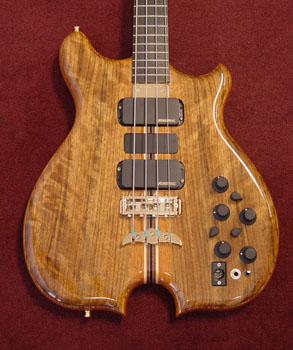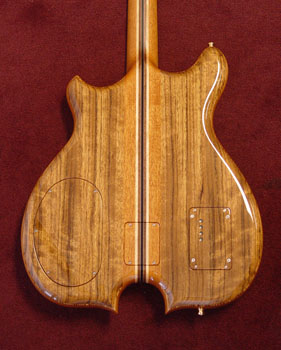
|
SPECIFICATIONS
- Series II 4-string bass
- Schedua top and back
- Zebrawood accent laminates
- 70's soft horn Omega body shape
- Mahogany, Birch, Walnut, and Ebony neck
- Mother of pearl "V. HAMAMDJIAN" fingerboard inlay
- Ebony fingerboard
- Continuous wood backplates
- Gold plated brass hardware
- Inlaid logo with shell
- Side LEDs in red
|
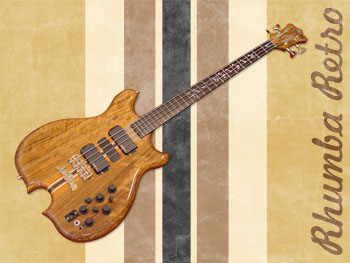

Wallpaper:
1600x1200
1280x1024
1024x768
800x600
Widescreen:
2560x1440
1920x1200
1680x1050
1600x900
Text by John Terry and Mica Wickersham Thomas, © 2014 Alembic, Inc.
Photos by Mica Wickersham Thomas, © 2013, 2014 Alembic, Inc.
|


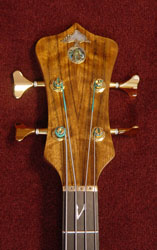
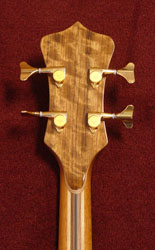
 The front of the peghead is bookmatched. The peghead veneers were cut from the same slab of wood as the front and back laminates. Interior
veneers alternate Maple and Walnut.
The front of the peghead is bookmatched. The peghead veneers were cut from the same slab of wood as the front and back laminates. Interior
veneers alternate Maple and Walnut.
